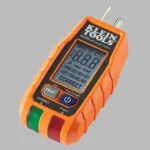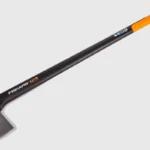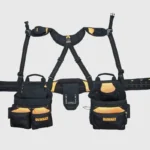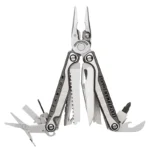Metalworking is like sculpting, but instead of marble, you’re working with steel, aluminum, and other tough materials. Getting it right isn’t just about brute strength—it’s about having the right tools for the job. Let’s get into the essentials you’ll need to become a metalworking maestro.
Essential Hand Tools for Metalworking
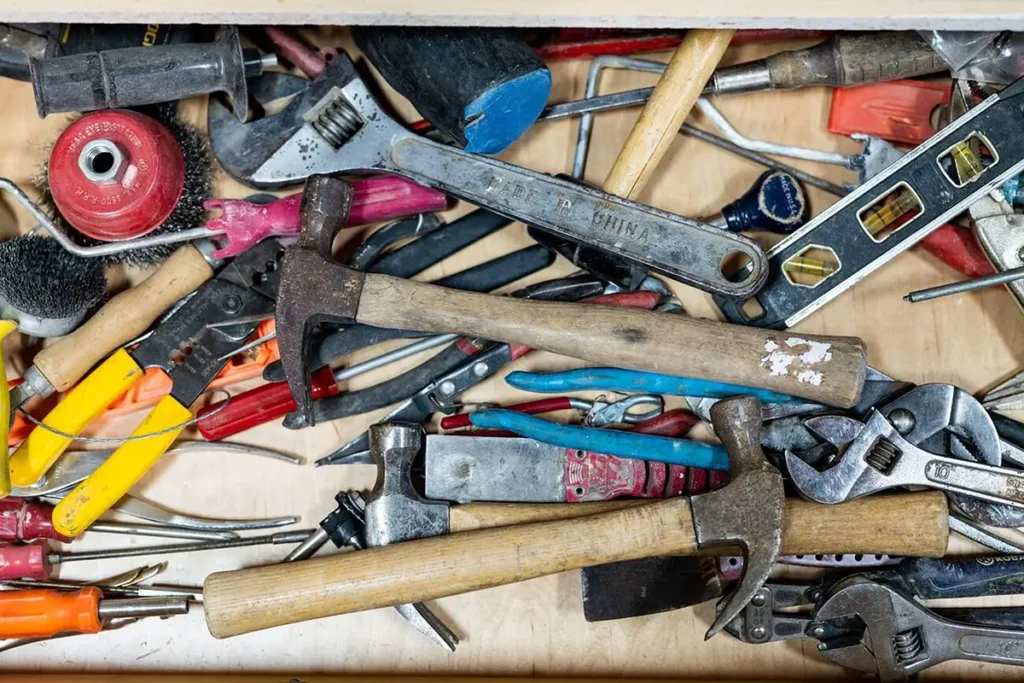
Cutting Tools
First off, let’s talk about cutting. If you’re working with metal, you’re going to need tools that can slice through it like butter.
- Snips/Shears: Think of these as the metalworker’s scissors. Snips are perfect for cutting through sheet metal. You’ve got two main types: tin snips and aviation snips. Tin snips are your go-to for straight cuts, while aviation snips handle curves with finesse. Keep a set of both, and you’ll be ready for anything.
- Hacksaw: This classic tool is indispensable for cutting through pipes, rods, and other metal stock. Hacksaws come with different blade options, so pick the right one for your job—finer teeth for thin metal, coarser teeth for thicker stuff. Pro tip: Keep your blades sharp, and let the saw do the work. Don’t force it.
- Cold Chisel: When precision is key, especially with thicker metals, a cold chisel is your best friend. It’s like having a miniature battering ram that you can control. Use it to shape or cut metal with a few well-placed hammer blows.
Shaping and Forming Tools
Once you’ve got your pieces cut out, it’s time to shape them.
- Hammer and Mallet: A hammer isn’t just for pounding nails. In metalworking, you’ll find various hammers designed for specific tasks. The ball-peen hammer is perfect for rounding edges, while a cross-peen hammer excels at working with tight spaces. A mallet, on the other hand, is great for forming metal without leaving dents. Use a rubber or wooden mallet when you want to shape metal gently.
- Files: After you’ve made your cuts, you’ll need to smooth those rough edges. That’s where files come in. They come in all shapes and sizes—flat, round, and half-round. Each one has its purpose. For instance, a flat file is great for straight edges, while a round file can smooth out holes or curved surfaces.
- Pliers: Metalworking without pliers? Forget about it. End-cutting pliers are a must-have for snipping off wire ends and bending metal with precision. You’ll also want needle-nose pliers for those tight spots and linesman pliers for tougher jobs.
Joining and Finishing Tools
Now that you’ve cut and shaped your metal, it’s time to put it all together.
- Welding Tools: Welding is the art of fusing metal pieces together, and it’s crucial in metalworking. If you’re just starting, a MIG welder might be your best bet. It’s easier to use and great for a variety of metals. For those looking for more control, a TIG welder offers precision but requires more skill. Remember, welding isn’t just about the tools—you’ll need proper safety gear too. Always suit up with a good helmet, gloves, and a flame-resistant jacket.
- Soldering Tools: While welding is for heavy-duty joining, soldering is perfect for smaller, more delicate tasks. It’s like using a hot glue gun but for metal. You’ll need a soldering iron, solder wire, and some flux to get started. Use soldering when you need to join wires or small metal components.
- Riveting Tools: Sometimes, the best way to join metal isn’t with heat but with force. Riveting is a tried-and-true method, especially when working with sheet metal. A hand riveter is a simple yet powerful tool that pinches metal together using a rivet. It’s perfect for creating joints that can stand up to heavy stress.
Specialized Tools for Advanced Metalworking
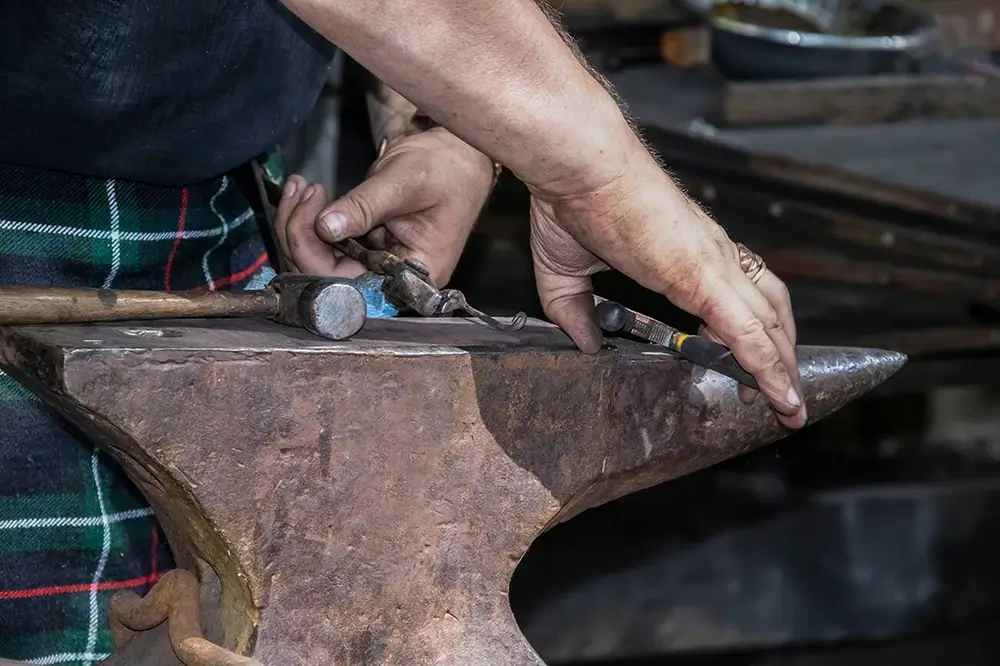
Once you’ve mastered the basics, you might want to step up your game with some specialized tools.
Precision Tools
- Micrometers and Calipers: These are your go-to tools for measuring metal thickness with pinpoint accuracy. A micrometer is perfect for measuring small distances down to the thousandth of an inch, while a caliper can measure both internal and external dimensions. Use them when you need every part to fit just right.
- Punches: Before you start drilling, it’s smart to mark your spot with a punch. A center punch makes a small dent in the metal, guiding your drill bit so it doesn’t wander. Hole punches, on the other hand, are used to create holes directly in the metal. Both are essential for any precise work.
Safety Tools
Metalworking is as much about staying safe as it is about skill.
- Personal Protective Equipment (PPE): You wouldn’t go into battle without armor, right? Think of PPE as your personal shield. Safety glasses protect your eyes from flying debris, while leather gloves keep your hands safe from sharp edges and hot surfaces. And don’t forget ear protection—metalworking can be loud.
- Clamps and Vices: These tools aren’t just about holding metal in place. They’re also about holding safety in place. When your workpiece is secured, you can work more accurately and safely. Invest in a good bench vise and a set of clamps to keep your projects steady.
Conclusion
There you have it—a rundown of the must-have hand tools for mastering metalworking. Whether you’re just starting or looking to upgrade your toolkit, these tools are essential for crafting metal into something extraordinary. So, take a look at your current setup. If you’re missing any of these, it might be time to make a few additions. Happy metalworking!

Matthew Dowell
Matthew, a seasoned builder from a family of craftsmen, leads Tools Trove. His passion for tools and decades of hands-on experience fuel his commitment to providing expert reviews and insightful content. Whether you’re a pro or a DIY enthusiast, Matthew’s guidance ensures informed decisions in the world of tools.

